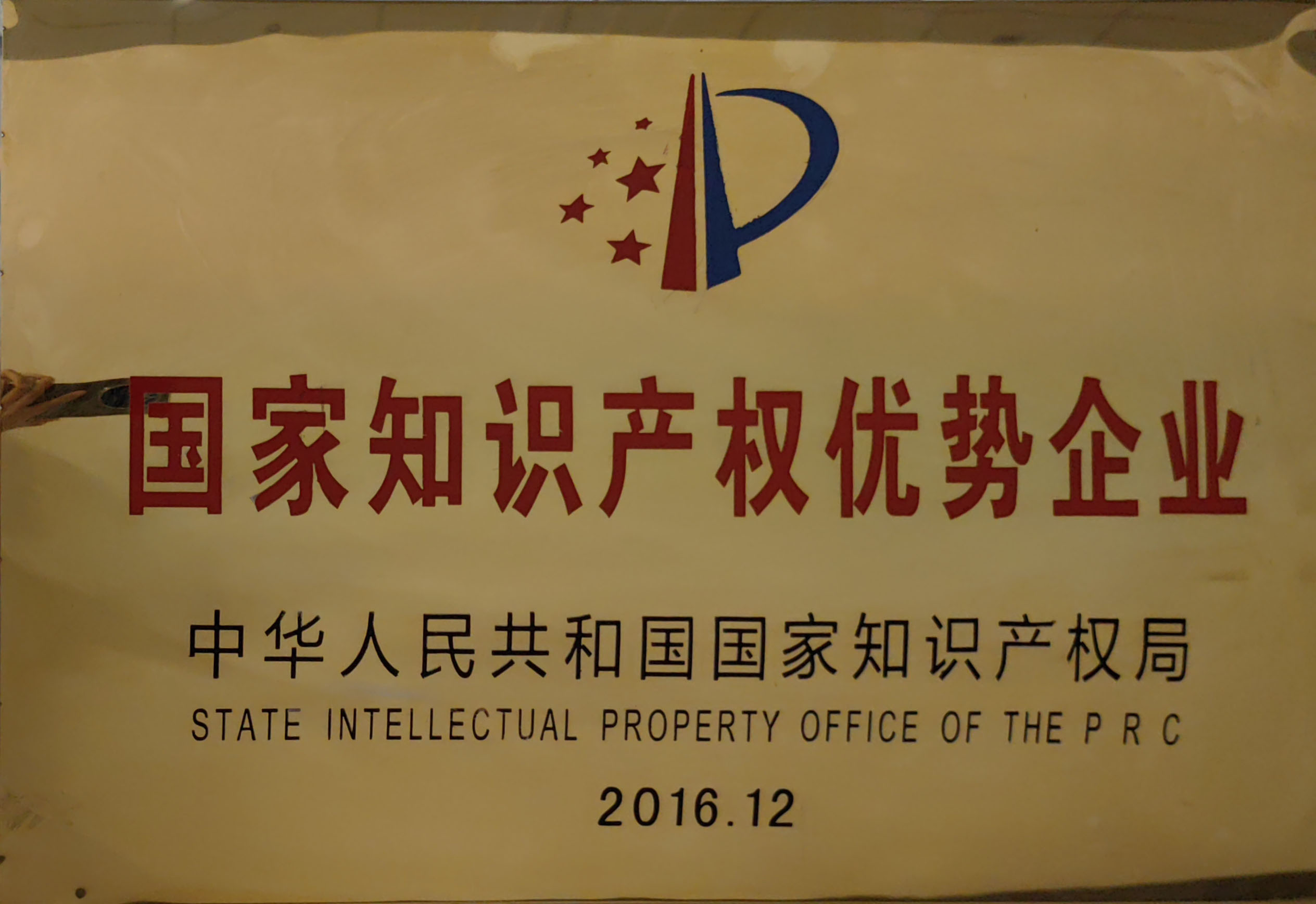
Nov . 09, 2024 07:54
Back to list
Gas Pressure Regulator Ensuring Safe and Efficient Flow Control in Systems
Understanding Gas Pressure Regulators Importance and Functionality
Gas pressure regulators are crucial components in various industrial and commercial applications, controlling the pressure of gas delivered for various purposes. Whether in heating systems, gas appliances, or in industrial processes, these instruments ensure that the gas pressure remains within safe and efficient limits. This article explores the functioning, types, and significance of gas pressure regulators in daily applications.
What is a Gas Pressure Regulator?
A gas pressure regulator is a mechanical device that reduces and stabilizes the pressure of a gas flowing from a pressurized source, such as a gas cylinder or pipeline, to a set level that is suitable for various tasks. The primary function of a regulator is to maintain a constant output pressure regardless of fluctuations in the inlet pressure or flow rates.
How Do They Work?
The operation of a gas pressure regulator typically involves a valve mechanism and a sensing device. When gas flows into the regulator, a diaphragm or similar sensing element detects the pressure of the gas. If the output pressure exceeds the desired setting, the diaphragm moves in a way that partially closes or modulates the valve, thus decreasing the flow of gas. Conversely, if the output pressure drops below the set point, the diaphragm opens up the valve, allowing more gas to flow through. This feedback loop ensures a consistent output pressure, protecting downstream equipment and processes from pressure variations.
Types of Gas Pressure Regulators
1. Single-Stage Regulators These regulators reduce the high-pressure gas to a lower pressure in one step. They are straightforward and suitable for applications where inlet pressure remains relatively constant.
.
3. Electronic Regulators These utilize electronic sensors and control systems to maintain the desired output pressure with high precision. They are often used in applications requiring stringent pressure control, such as laboratories or specialized industrial processes.
صمام منظم ضغط الغاز

4. High-Pressure Regulators Designed to handle higher inlet pressures, these regulators are typically used in industrial settings where gases are sourced from high-pressure cylinders.
Importance of Gas Pressure Regulators
The significance of gas pressure regulators cannot be overstated. They play an essential role in
- Safety High gas pressures can lead to dangerous situations, including explosions or equipment damage. Regulators mitigate these risks by ensuring that gas is delivered at safe, manageable pressures.
- Efficiency Maintaining the correct gas pressure enhances the efficiency of combustion in heating systems and engines, providing optimal performance and reducing fuel consumption.
- Equipment Protection Many devices are designed to operate at specific pressure levels. Regulators help to protect sensitive equipment from pressure spikes that could cause harm or reduce lifespan.
- Consistent Performance Regulated gas ensures that systems like burners or gas-powered engines operate smoothly, maintaining performance and reliability.
- Compliance Many industries are subject to strict regulations governing gas usage and safety standards. Using appropriate gas pressure regulators helps companies adhere to these regulations.
Conclusion
Gas pressure regulators are indispensable tools in modern gas applications. By controlling and stabilizing gas pressure, they enhance safety, improve efficiency, and protect equipment across numerous industries. Understanding their types and functioning is essential for anyone involved in the installation, maintenance, or operation of gas systems. As technology advances, the development of improved regulators will continue to play a vital role in the safe and efficient use of gaseous fuels. Whether for commercial kitchens, heating systems, or industrial processes, the importance of gas pressure regulators will only grow, ensuring that gas usage remains safe, efficient, and reliable.
Latest news
-
Safety Valve Spring-Loaded Design Overpressure ProtectionNewsJul.25,2025
-
Precision Voltage Regulator AC5 Accuracy Grade PerformanceNewsJul.25,2025
-
Natural Gas Pressure Regulating Skid Industrial Pipeline ApplicationsNewsJul.25,2025
-
Natural Gas Filter Stainless Steel Mesh Element DesignNewsJul.25,2025
-
Gas Pressure Regulator Valve Direct-Acting Spring-Loaded DesignNewsJul.25,2025
-
Decompression Equipment Multi-Stage Heat Exchange System DesignNewsJul.25,2025

